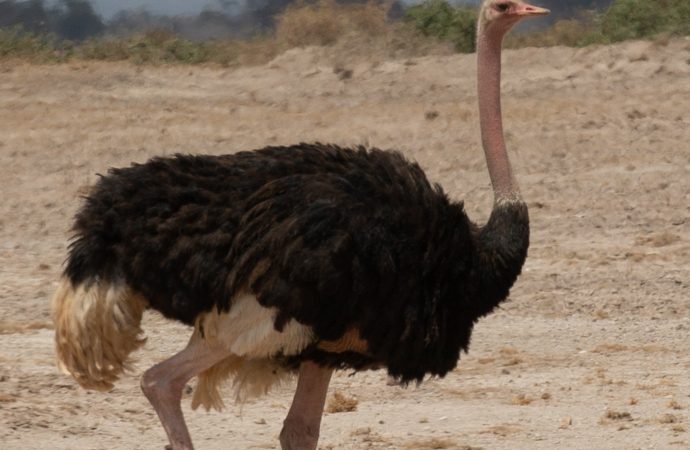In recent years, there has been a growing emphasis on sustainability in various industries, including agriculture. As the demand for exotic meats, luxury goods, and other ostrich products continues to rise, the ostrich farming industry is facing increasing scrutiny on its environmental impact and sustainability practices. In this article, we will explore the challenges and
In recent years, there has been a growing emphasis on sustainability in various industries, including agriculture. As the demand for exotic meats, luxury goods, and other ostrich products continues to rise, the ostrich farming industry is facing increasing scrutiny on its environmental impact and sustainability practices. In this article, we will explore the challenges and opportunities of balancing profit with environmental responsibility in ostrich farming.
Ostrich farming has gained popularity due to the economic value of its products, including meat, leather, feathers, and oil. However, like any form of animal agriculture, ostrich farming has potential environmental implications that need to be addressed. One of the main concerns is the large amount of resources required to raise ostriches, including land, water, and feed. Ostriches are also known to produce significant amounts of waste, which can pose environmental risks if not managed properly.
To promote sustainability in ostrich farming, many farmers and industry stakeholders are implementing various strategies. These may include implementing environmentally-friendly farming practices such as rotational grazing, water conservation measures, and waste management systems. Some farmers are also exploring alternative feed sources, such as using sustainable and locally-sourced feed ingredients, to reduce the ecological footprint of ostrich farming.
Additionally, there is a growing interest in promoting biodiversity and conservation efforts in ostrich farming. Some farmers are integrating ostriches into existing conservation programs, using them as a way to restore and manage natural habitats. Ostrich farming has also been linked to wildlife conservation efforts, as it provides a financial incentive for protecting natural areas and preserving endangered species’ habitats.
However, there are challenges in achieving sustainability in ostrich farming. The high costs associated with implementing sustainable practices, as well as the need for education and training, can pose barriers for small-scale farmers. Additionally, the lack of standardized sustainability certifications and guidelines specific to ostrich farming makes it challenging to assess and verify the sustainability practices of ostrich farms.
In conclusion, sustainability in ostrich farming is a complex and evolving issue that requires careful consideration of economic, social, and environmental factors. While the demand for ostrich products continues to grow, it is crucial for the industry to prioritize environmental responsibility and implement sustainable practices to ensure the long-term viability of ostrich farming. By striking a balance between profitability and sustainability, the ostrich farming industry can play a role in promoting responsible agriculture practices and contributing to a more sustainable future.

















Leave a Comment
Your email address will not be published. Required fields are marked with *